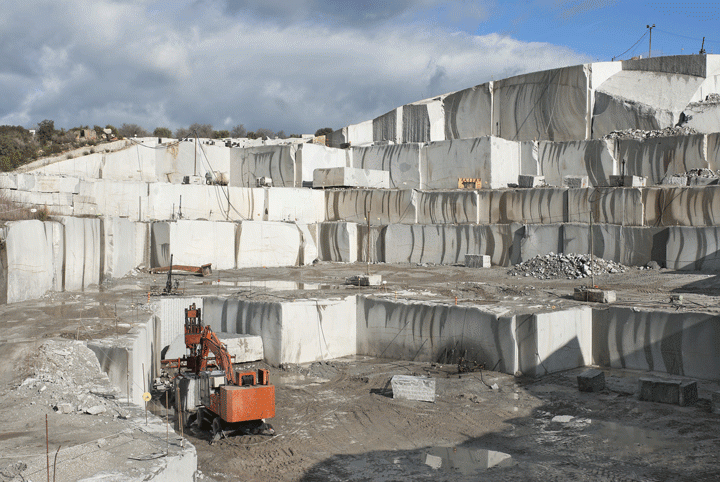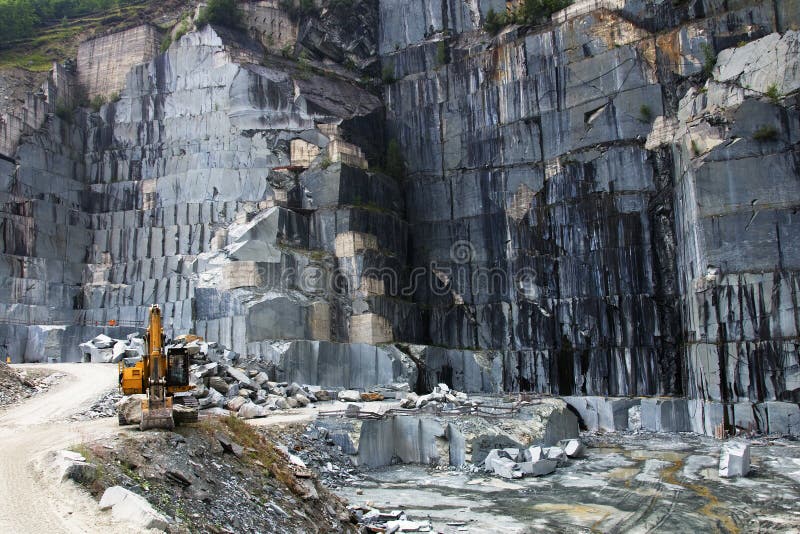The Surprise Gems: Discovering Granite Quarries in South Africa
The Surprise Gems: Discovering Granite Quarries in South Africa
Blog Article
Revealing the Mysteries of Granite Quarrying: Where Strength and Sophistication Meet
The world of granite quarrying is a world where the raw toughness of nature converges with human creativity to produce structures that stand the test of time with an air of sophistication. From the midsts of quarries to the meticulous sprucing up in workshops, the process of changing granite into building wonders is a complex dance of custom and technology. As we peer right into the depths of this ancient craft, we begin to discover the hidden ins and outs that form the extremely essence of our constructed atmosphere.
The Beginnings of Granite Quarrying
In the annals of building background, the origins of granite quarrying are shrouded in a tapestry of old craftsmanship and geological marvels. Dating back to old Egypt and Mesopotamia, the removal of granite from quarries marked the beginning of a journey that would ultimately result in the creation of a few of the globe's most renowned frameworks.
Granite quarrying's origins can be traced to the experienced craftsmens that recognized the rock's sturdiness and visual charm. With a combination of primitive devices and sheer resolution, these early quarry workers unearthed granite blocks that would certainly come to be the foundation of human beings.
As worlds advanced, so did the techniques of quarrying granite. The Romans, renowned for their engineering prowess, created innovative methods for removing granite to build monoliths, temples, and roads that stood the examination of time.
The heritage of these ancient quarrying techniques remains to shape modern-day architecture, with granite remaining a symbol of stamina and elegance in building projects around the globe. (granite quarries in south africa)
Tools of the Quarrying Profession
The advancement of granite quarrying methods from ancient civilizations to modern times highlights the critical function played by the tools of the quarrying trade in shaping the market's methods. In ancient times, quarrying tools were basic, commonly containing blades, hammers, and wedges made from materials like bronze or iron. These devices needed substantial manpower and time to extract granite blocks from quarries.

Additionally, the intro of pneumatic devices and high-powered equipment has actually significantly reduced the physical labor needed in quarrying operations, improving worker safety and performance. As the quarrying industry proceeds to innovate, the devices of the trade continue to be at the forefront of driving development and shaping the future of granite extraction.
Removing Blocks of Granite
Using precision machinery click to find out more and advanced techniques, the extraction of granite obstructs from quarries has come to be an innovative procedure in the modern-day quarrying sector. The first action involves determining the location and size of the granite down payment to figure out one of the most efficient removal method. As soon as a suitable website is picked, the removal procedure begins with the drilling of holes for the placement of dynamites. Managed blowing up techniques are then employed to break apart the granite into workable areas.

Sprucing Up and Ending Up Methods
To accomplish a remarkable surface area on granite blocks, experienced artisans utilize a collection of meticulous sprucing up and ending up techniques. After the first extraction and shaping processes, the granite blocks undertake a detailed sprucing up phase to boost their natural appeal and resilience.
In addition to sprucing up, ending up methods are related to further improve the granite's appearance. These techniques might include flaming, sharpening, or brushing, each offering distinct structures and finishes to suit various visual preferences. Flaming, as an example, entails exposing the content granite surface to heats to produce a rough, distinctive surface, perfect for outdoor applications where slip-resistance is crucial. Developing, on the various other hand, gives a matte surface that is smooth to the touch, ideal for interior kitchen counters and flooring. By meticulously choosing and applying these polishing and completing techniques, artisans can transform raw granite obstructs into exquisite items that showcase both stamina and elegance.

Environmental Impact and Sustainability
With the expanding focus on ecological awareness in the market, granite quarrying practices are progressively looked at for their influence on natural deposits and long-lasting sustainability. Quarrying for granite can have significant environmental implications. The extraction process often involves making use of hefty equipment, nitroglycerins, and big amounts of water, bring about habitat devastation, dirt erosion, and water contamination. Additionally, the transportation of try this out granite from quarries to processing facilities generates carbon exhausts, further adding to ecological destruction. granite quarries in south africa.
To mitigate these effects and ensure sustainability in granite quarrying, market stakeholders are adopting numerous actions. Carrying out sophisticated innovations to minimize power intake and water usage, redeeming quarried land for eco-friendly repair, and promoting responsible sourcing practices are some approaches being used. Accreditations such as the Forest Stewardship Council (FSC) and the Management in Energy and Environmental Design (LEED) assistance customers identify ecologically pleasant granite items.
Conclusion
In verdict, granite quarrying is a process that calls for specialized tools and techniques to remove blocks of granite and polish them to a high degree of coating. While the ecological impact of quarrying can be considerable, initiatives are being made to improve sustainability practices in the market. On the whole, granite quarrying is a delicate balance in between using the stamina and style of this natural stone while decreasing its influence on the atmosphere.
Report this page